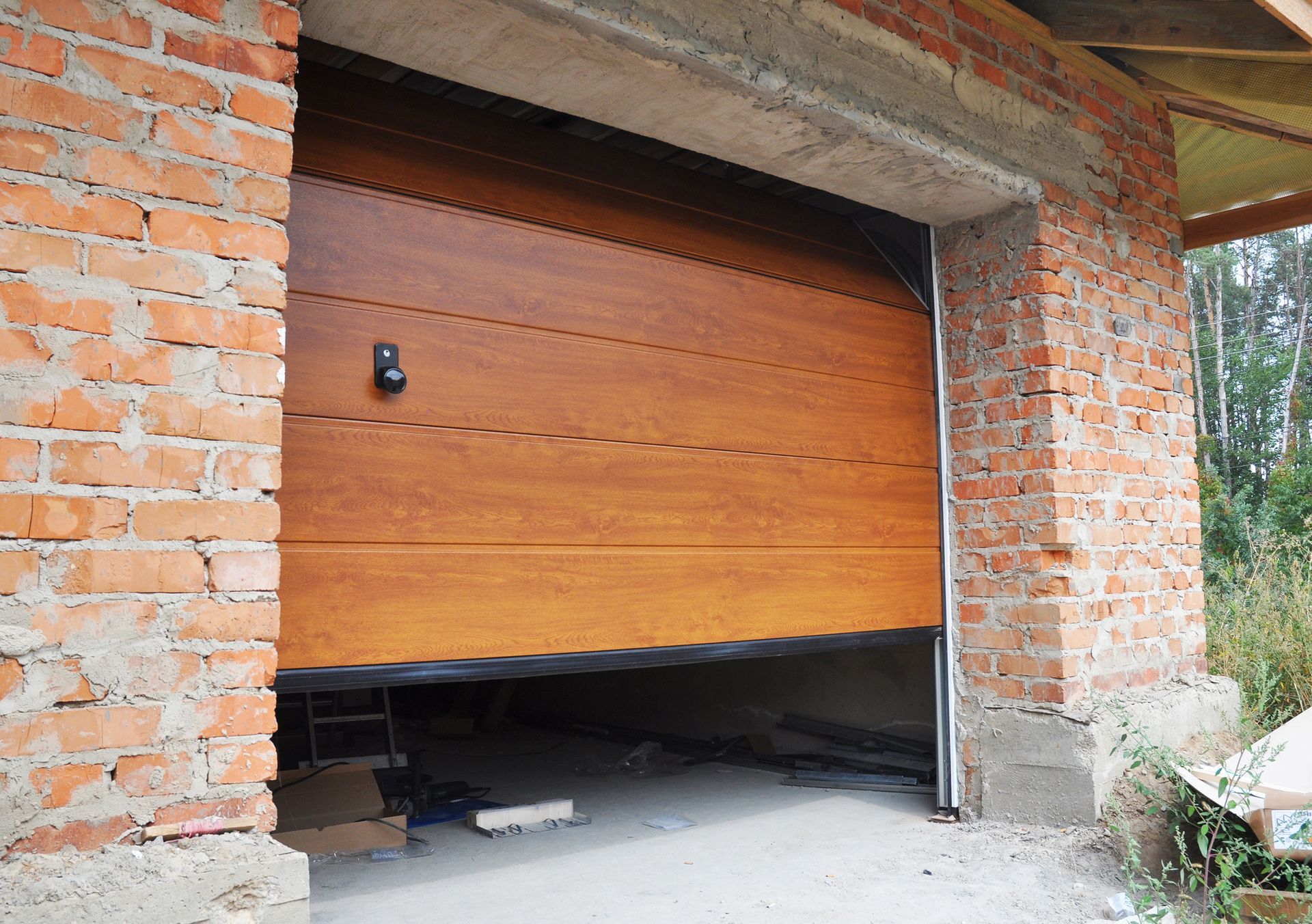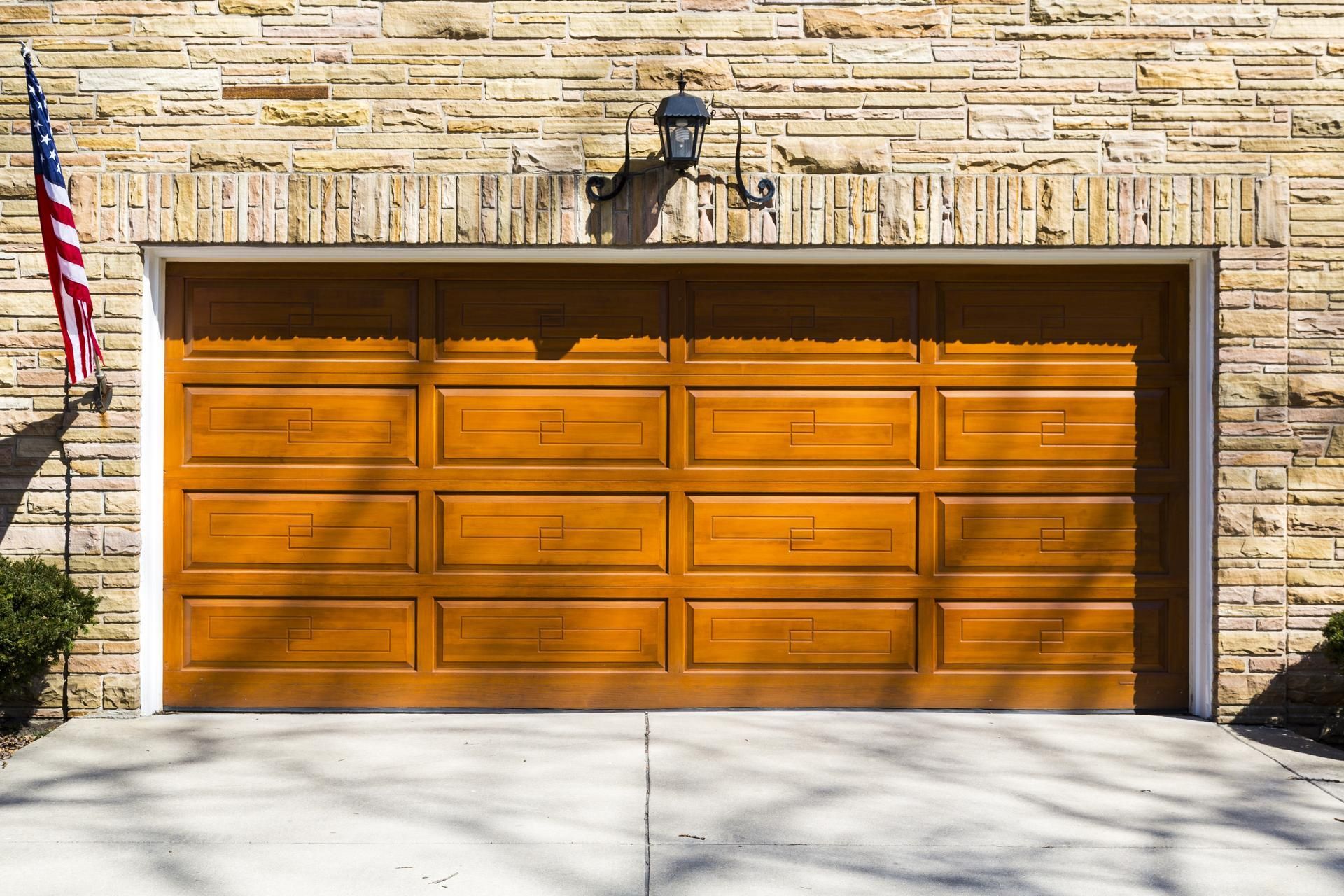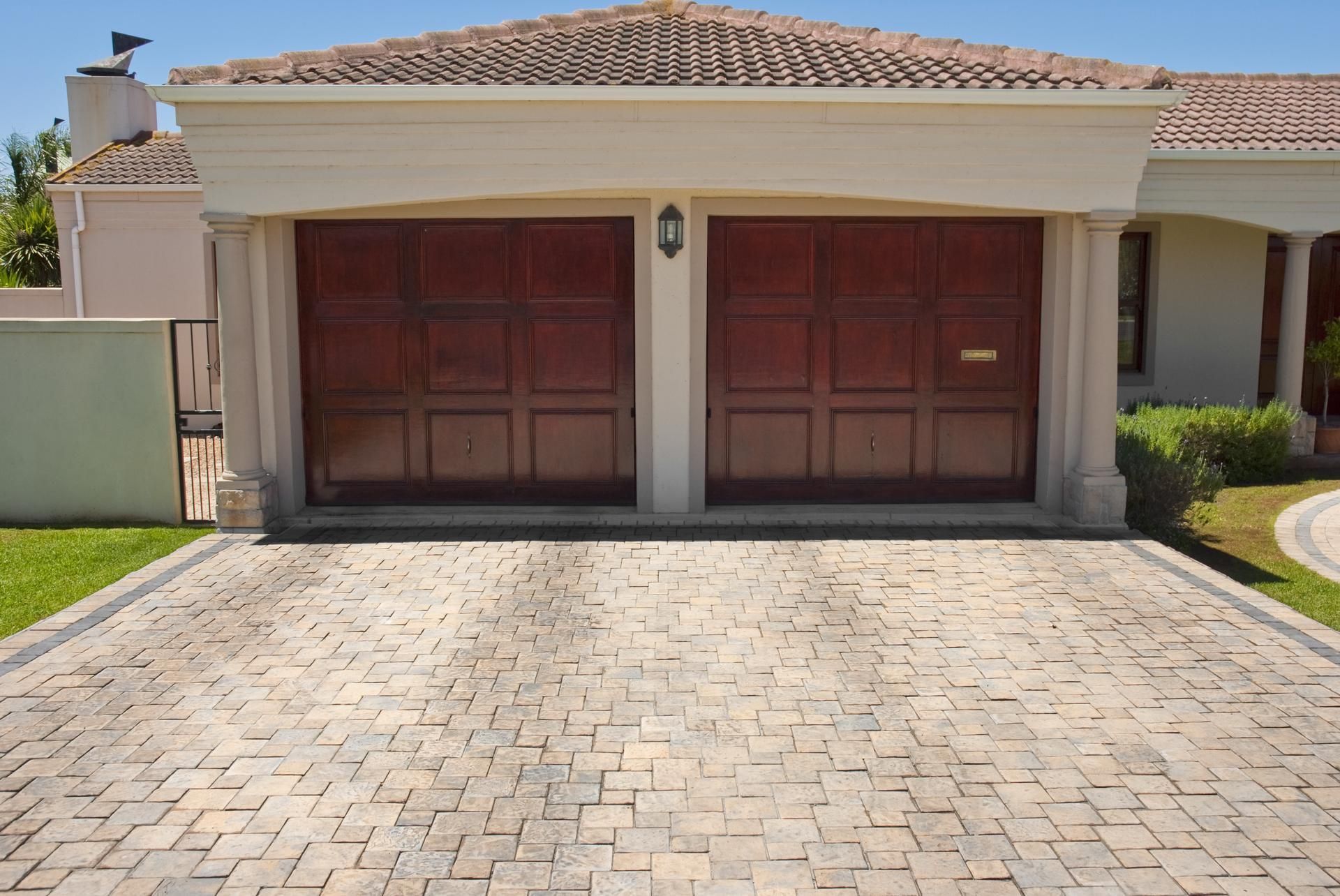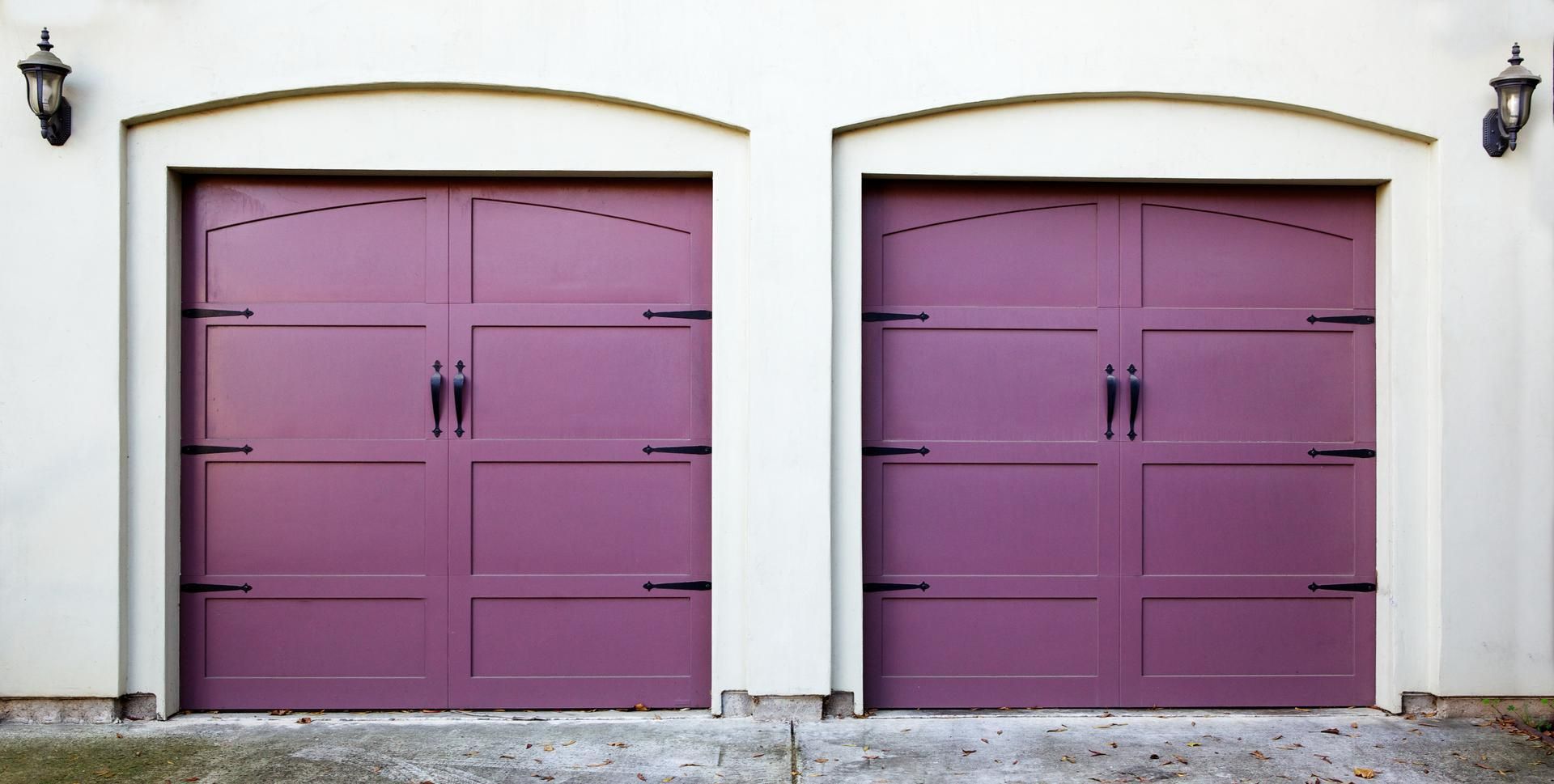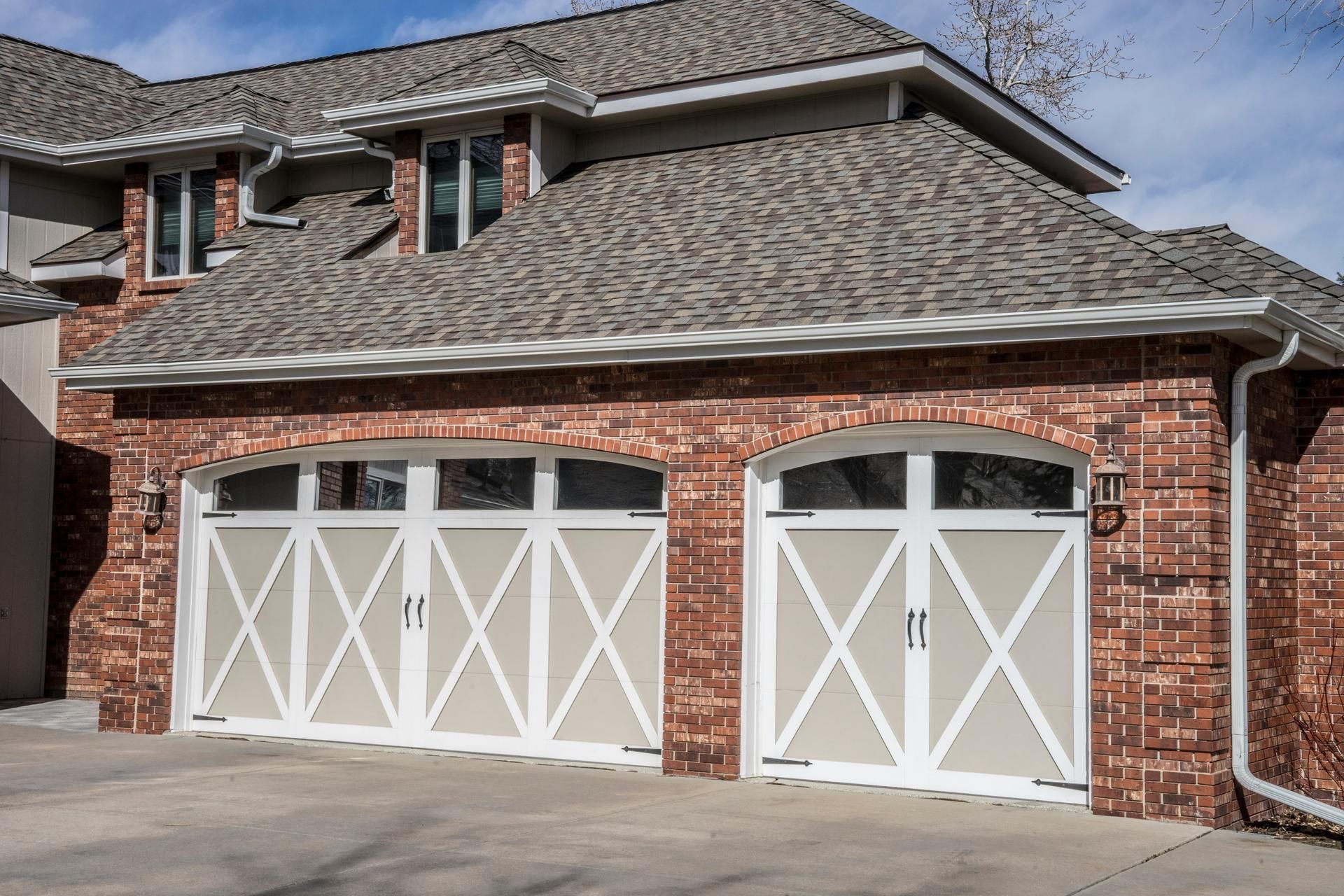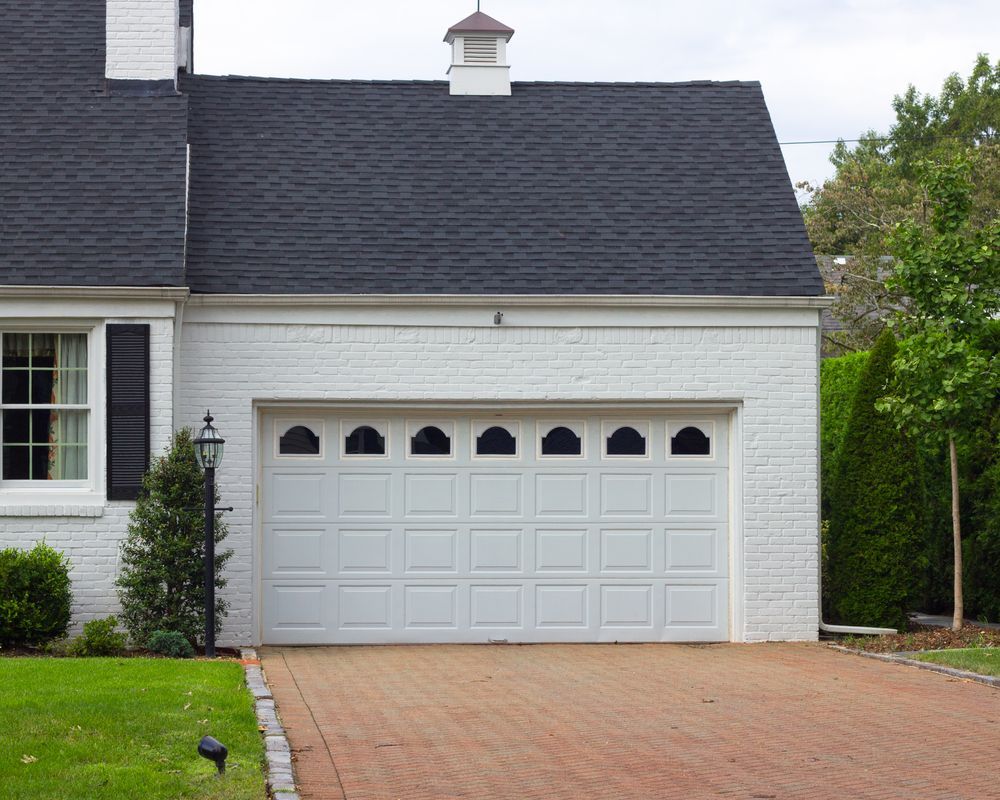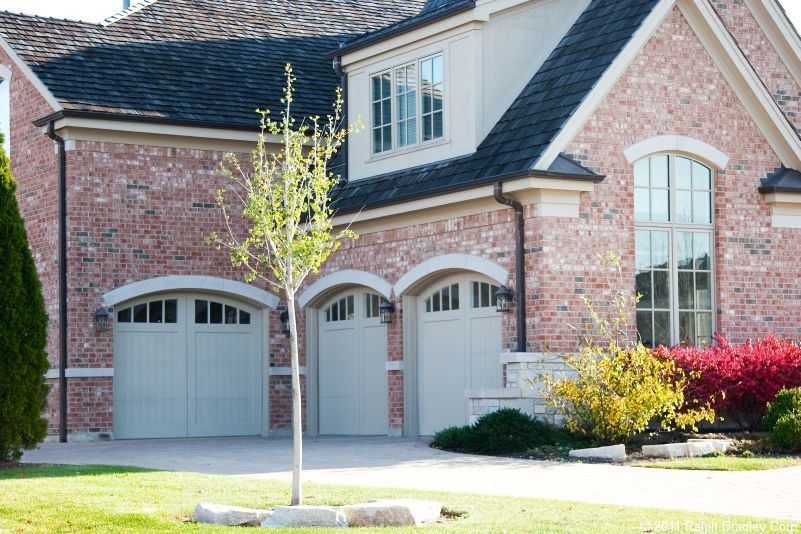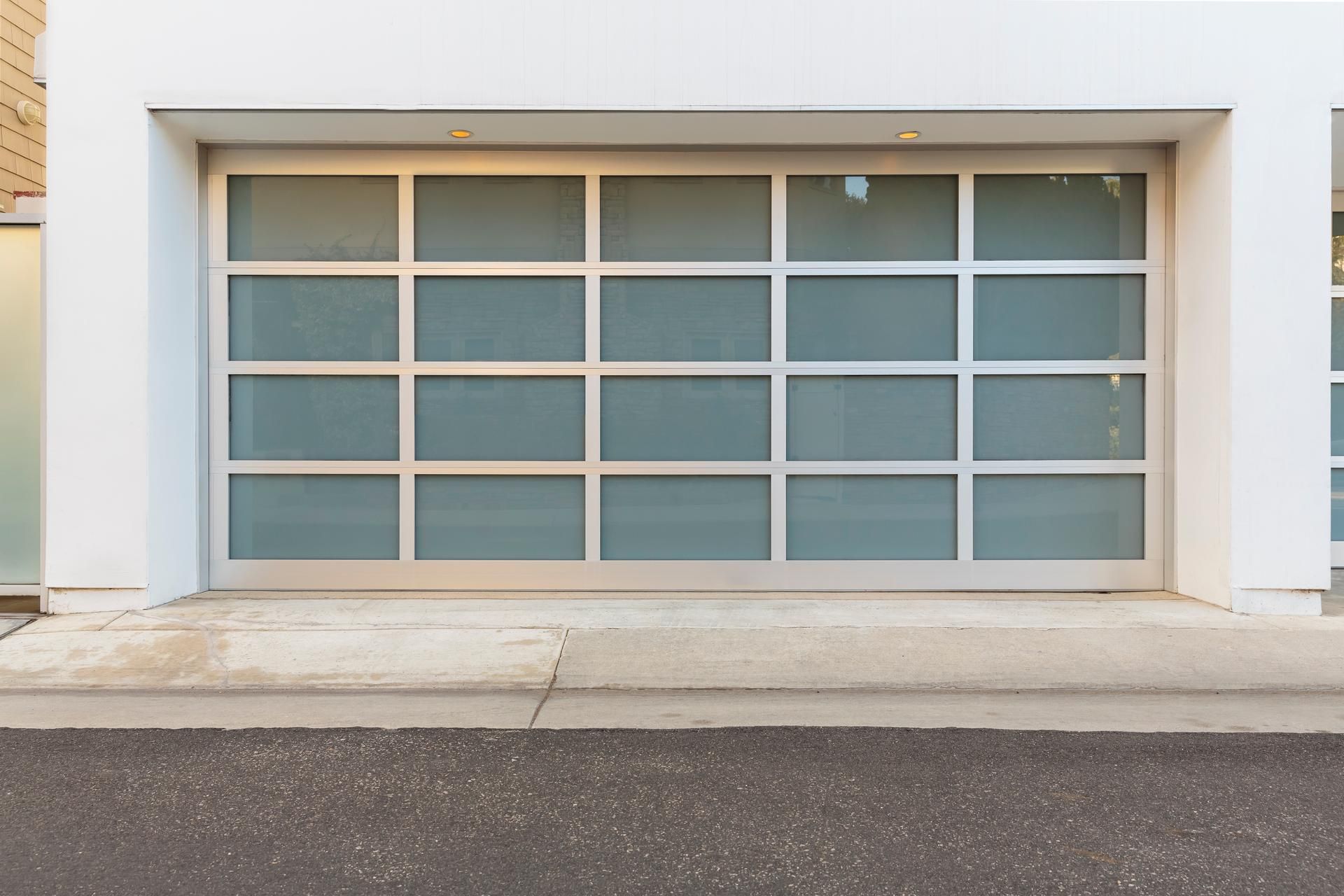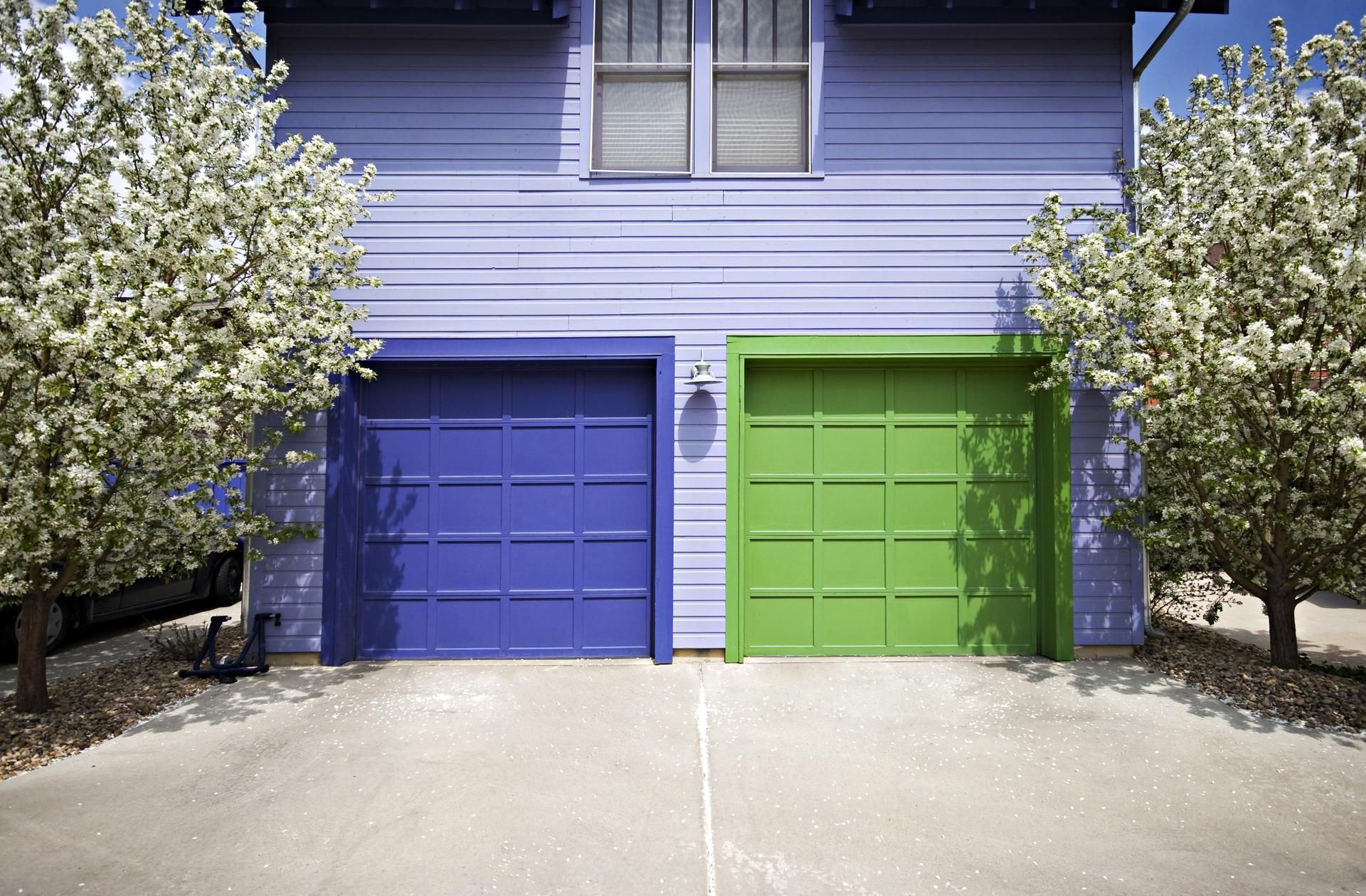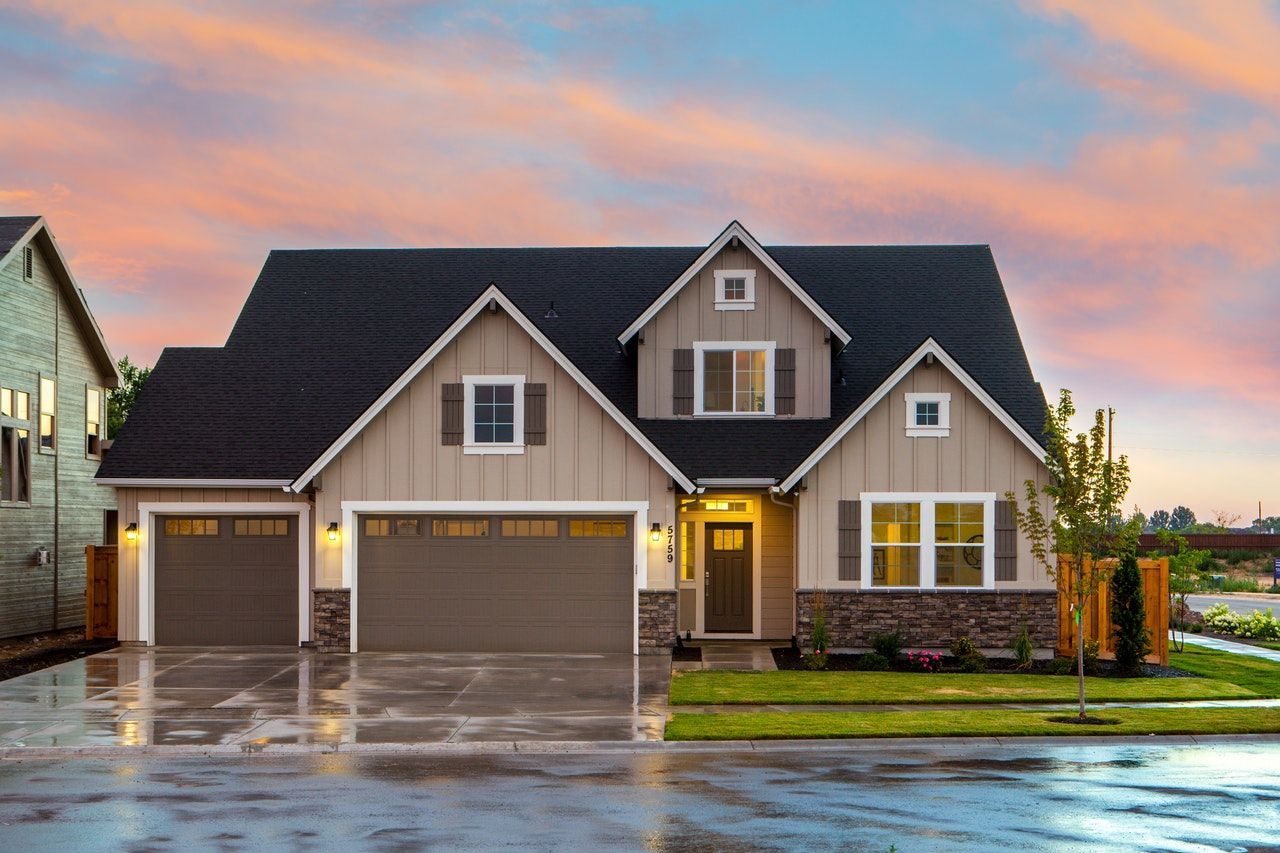Understanding the Different Garage Door Parts

If you’ve never put much thought into your garage door, it may be time to start. Regular maintenance of your garage door is crucial to keeping it lasting long, so understanding how it works is important. If you would like to know more about garage doors and their parts, keep reading.
The Door
Naturally, the first part of the garage door to discuss is the door, which is commonly made from solid wood or metal filled with foam insulation. Doors may open in a wide variety of methods, but most slide up, slide to the side, tilt up, or swing open. While you can choose off-the-rack garage doors, you can choose a custom door instead.
Many garage doors have windows, which provide natural light and better visibility inside, but they may also pose a security risk. Other factors to consider when choosing your garage door before replacing yours are:
- Cost
- Durability
- Maintenance
- Longevity
The Automatic Opener
The automatic opener is used to easily open and close the door. If it fails, you may not be able to open or close the garage door. Ideally, you should test the opener occasionally. Test the door by opening and closing it and watching for signs of:
- Shaking or wobbling
- Uneven lifting or sagging
- Strange noises and odors
- Speed
- Refusing to open or close
If there is an issue, use the emergency release cord. This allows you to open and close the garage door without the automatic opener. If the door has no issues with manual operation, there may be something wrong with the automatic opener.
The automatic garage door opener also has safety sensors. The sensors sit at the bottom of the garage door and send an invisible beam. If anything interrupts this beam, the door won't close. Similarly, if the door hits anything while closing, it will open up again. The sensitivity of this sensor can be adjusted.
Tracks and Rollers
If your garage door isn't working well, there may be an issue with the tracks and rollers. The tracks sit along the side of the garage door and into the garage itself. Rollers attached to the garage door move up and down the track as the door opens and closes. Debris and damages can interfere with the garage door opening up, causing the door to shake, sag, or refuse to open or close.
After cleaning the tracks and rollers, lubricate them and any other moving parts of the garage door. While inspecting, make sure the track is tightly secured. If it's loose, contact a garage repair technician immediately to prevent the door from falling and causing severe injury or damage.
Springs
Garage doors use springs to easily open and close the heavy garage door. Extension springs are cheaper but they offer weakened durability. They also pose a potential safety risk because they are under a lot of pressure. For this reason, your extension springs should have safety cables. Torsion springs are more expensive and durable, and they aren't as dangerous as extension springs.
Damaged, worn, or rusted springs should be replaced. If your springs are in good shape, maintain them by keeping them clean and well-lubricated.
Weatherstripping
Weatherstripping is a rubber material that sits along the bottom of the garage door. Not only does this rubber strip help to better insulate the garage, but it blocks rainwater from seeping into the garage. By boosting insulation in the garage, you better prevent heat loss or gain to the rest of the house, especially heat gain in rooms above the garage.
Over time, weatherstripping experiences wear and tear, making it less effective. Luckily, you don't have to replace your entire garage door. Simply remove and add new weather stripping.
If you have been neglecting your garage door, it may be time to get a new one. A new garage door can boost curb appeal and even make your home more secure. If you would like to know more, contact us at Town and Country Door.

